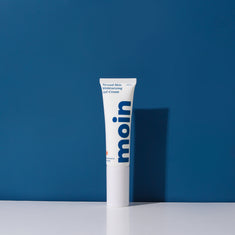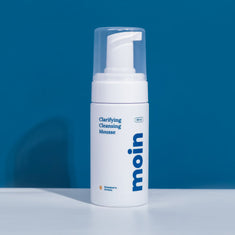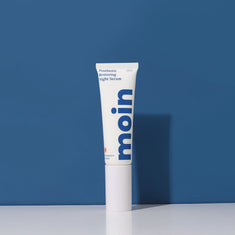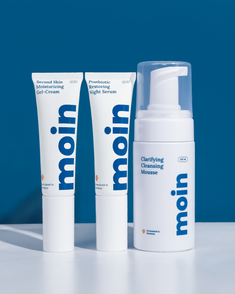Understanding Hyperpigmentation on Your Skin
Hyperpigmentation is like the unwanted guess that overstays its welcome on our complexion. Those dark spots and uneven skin tones can impact our confidence.
What is it and what causes it?
Hyperpigmentation is a complex phenomenon caused by the overproduction of melanin. While the main culprit behind this phenomenon is sun exposure, some other perpetrators behind hyperpigmentation are hormones, acne, and also inflammation.
It is true that soaking up some sun rays can be delightful, but what many of us might not realized is that sunlight, specifically its ultraviolet radiation, can have a profound impact on our skin tone. Prolonged exposure to UV radiation can stimulate melanin productions, resulting in sunspots, freckles, and uneven skin tone.
Whereas inflammatory responses, whether from acne, wounds, or skin trauma, can leave behind post-inflammatory hyperpigmentation (PIH) as the skin heals.
How to tackle hyper pigmentation
The ultimate weapon against hyperpigmentation is UV protection. Applying sunscreen on daily basis protects the skin from UV-induced damage, preventing the exacerbation of existing dark spots and the formation of new ones. It is also recommended, especially if you live somewhere with high UV index, to wear additional protective clothing like long sleeve, hat, and sunglasses.
Exfoliating our face weekly can also help increase the skin cell renewal. Applying alpha hydroxy acids and beta hydroxy acids, for example, can remove the outer layer of dead skin cells, contributing to a more vibrant complexion.
You might be familiar with vitamin C, niacinamide, kojic acid, alpha-arbutin etc. Incorporating these ingredients into your routine can help fade dark spots and promote a more even skin tone.
Trihydroxybenzoic acid glucoside, your new skin superhero
In the ever-evolving world of skincare, one compound piqued our interest for its promising benefits in restoring skin's healthy and natural tone. Meet trihydroxybenzoic acid glucoside (THBG), a bio technologically-derived substance, that improve skin brightness through its unique interaction with the skin microbiome.
What it does for your skin
This compound has been associated with skin-brightening effects, helping to reduce the appearance of dark spots and hyperpigmentation. Once applied to skin, THBG is partially converted by skin microbiome into trihydroxybenzoic acid (THBA), which is a potent natural tyrosinase inhibitor.
THBG's ability also lies in its antioxidant prowess. Antioxidants are the guardians of our skin, protecting it from the harmful effects of free radicals. Free radicals are generated by factors like UV radiation and pollution, and can damage skin cells, leading to premature aging. THBG swoops in to neutralize them, preventing oxidative stress and promoting a healthier complexion.
The other standout features of THBG is its gentle nature. This compound is generally well-tolerated, making it suitable for a wide range of skin types, including sensitive skin.
Featuring THBG in our Postbiotic Restoring Night Serum
No need for a PhD in skincare to see why we welcomed this ingredient with open arms into our new Postbiotic Restoring Night Serum. Paired with the marine postbiotic, this dynamic duo gets to work overnight, transforming your skin's feel and look while you sleep. While the marine postbiotics take care of the S.epidermis/P.acnes balance, your now-harmonized skin microbiome orchestrates the production of THBA. So, let our serum be the backstage pass to waking up with refreshed, glowing skin. Skincare made easy, no fancy stuff, just results.
Source




